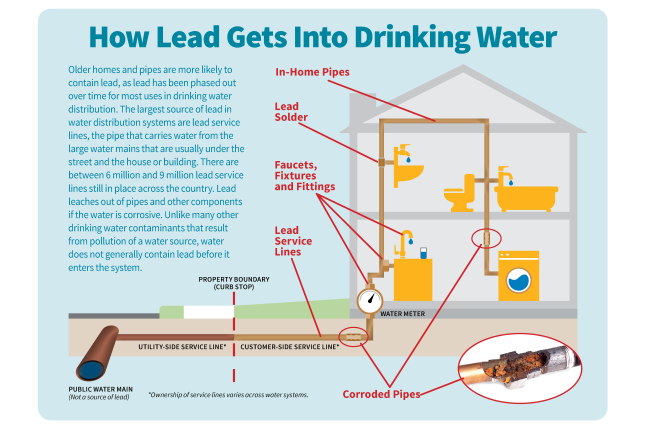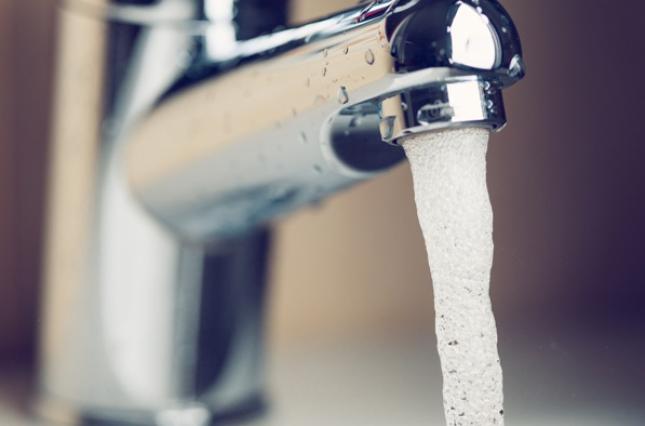
Washington, D.C. --- Today Clean Water Action welcomed an Environmental Protection Agency (EPA) announcement that federal funding for replacing lead service lines will be allocated based on new data about their presence in each state.
“Basing distribution of the Bipartisan Infrastructure Law’s (BIL) lead service line replacement funding on the actual need in each state is a common sense and welcome improvement that will help us put lead service lines behind us more equitably and efficiently,” said Clean Water Action National Campaigns Director Lynn Thorp.
EPA released the 7th Drinking Water Infrastructure Needs Survey and Assessment, which for the first time includes information on water service lines that contribute to lead in drinking water. For the remaining years of the BIL funding program (which provides $15 billion for lead service line replacement) the data will be used to inform each state’s portion of lead service line replacement funding based on the number of lead service lines in the state. In the first year of distribution of funds, allocations were based on a more generic assessment of each state’s drinking water infrastructure needs.
Service lines are the pipes that carry water from larger water mains to a house or building. Based on Needs Survey data, EPA now estimates that 9.2 million of these lines are made of lead. Where lead service lines are present, they are the largest source of lead in drinking water. EPA also estimates that there are an additional 2.8 million galvanized service lines, which can contribute to lead in drinking water.
“Communities around the country are demonstrating that full replacement of lead services lines is possible and that is one step toward reducing lead exposure, which affects all of our health and especially children under six,” said Thorp. “New water infrastructure funding for lead service line replacement distributed based on state needs is one critical step toward getting lead out of water and out of our environment.”
# # #
Since the organization’s founding during the campaign to pass the landmark Clean Water Act in 1972, Clean Water Action has worked to win strong health and environmental protections by bringing issue expertise, solution-oriented thinking, and people power to the table. Learn more at www.cleanwater.org.

Factsheet: Lead and Drinking Water (English & Spanish)
